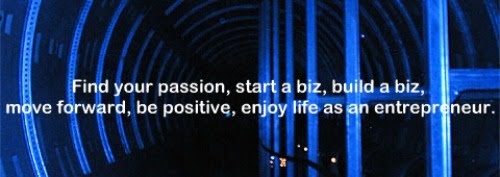A "chuckle" because one simple no doesn't wipe out the progress I've made or stop me from progressing further. I didn't get Dart to see things my way. The problem still exist, I still have a solution and now what's the next step to get my idea to market? About 15 minutes later I had two options for moving forward with my idea to stop the staining of millions of white shirts worn by the clients of Dunkin Donuts. They are losing customers and while that may be acceptable to them it isn't for me. DD has to help their customers and I have the solution.
Two Options:
- Make and distribute the product- This can be costly and require large amounts of time but it just may be the avenue to prove product viability.
- Find a Competitor- Find a another company that competes with Dart on supplying DD with cups and discuss the solution with them.
About 15 minutes after my "chuckle" I knew where I was heading. People have always asked me... How do you stay so positive when you get rejected? My view is simple. When I get a "no" before a prospect analyzed and understood the problem, the I may have failed to explain my product but it surely doesn't mean my product is a failure.
I'll move forward knowing that my product solves a problem and in my small test group... 100% of the people that have had a problem with Dunking Donuts coffee staining their clothes, say it works!


